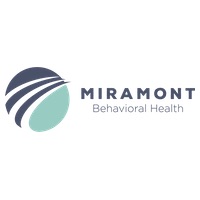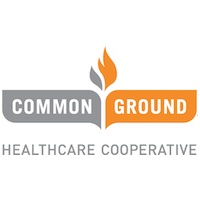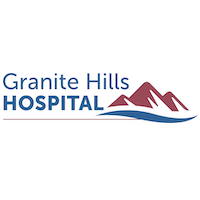
On the Record with Moxe Health CEO Dan Wilson

Moxe Health CEO Dan Wilson said that he and his Madison-based health tech company are now starting “to hit our stride” as they release a new product aiming to help insurers and health plans share data.
Moxe, founded in 2012, spent its first years building up the technology and developing an understanding the market they were planning to serve, according to Wilson.
Now, they’re seeing “rapid growth,” doubling the number of employees during the past year, he said.
Moxe launched a new product offering called Convergence at the beginning of the month.
Wilson recently spoke with Wisconsin Health News. Edited excerpts are below.
WHN: Why did Moxe recently launch Convergence?
DW: From kind of the start of Moxe, we’ve been really focused on trying to fix integration if you will. The idea has been that integration and data exchange today has really been focused on moving information between databases, without regard to how usable that information is going to be and how users are going to interact with it. We wanted to do things differently and really focus on user workflow and how they’re going to interact with this information. Then we moved backwards, understanding how to actually accomplish that and what data should be moved back and forth. Convergence is the result of that, if you will. The idea is to be very focused on a workflow-based integration, to be able to take data coming from outside a health system and make sure that it can be presented in context for a user in a way that they can interact with it. There’s not always a place in the electronic health record database for that information, and this is a solution to that problem. Our clients are using this product and will use this product to then interact with information coming from outside of their health system.
WHN: How does this impact clinical care?
DW: There’s a lot of people who are trying to work on this longitudinal picture of a patient. This fits into that whole vein of solutions. Today primarily we’re working with insurers and health systems, that type of data exchange. So the insurer is sitting there and they’re aggregating data about each one of their members, data coming from claims, from pharmacies, from other health systems. They’re beating together this picture. They have a greater set of information than any single provider is going to have. That’s the pool of data that then we’re taking and pushing back to the provider. So from a clinical care perspective, the idea is that at the point of care, the provider is able to access medication fill history, visits outside of their health system, problems that are documented elsewhere but not documented in their EHR. Then they’re able to look at information that is not known to them that is relevant to the person they’re treating. They can then incorporate that into their decision-making. That’s really what this is about.
WHN: What sort of challenges are you facing? Is it a problem of interoperability or is it a problem of how insurers and providers interact?
DW: I think it’s more the latter. The standards body of the EHR vendors makes interoperability possible by allowing for investing and producing the APIs, interfaces, different web services that allow data to move back and forth. So the real challenge that we’re focused on is the historic distrust that exists between health plans and providers and trying to help with the communication between those two groups and really distill workflows down to a place where all sides see the value of collaboration. That’s what a lot of this is focused around. I think that’s less about the underlying technology and more about the process and kind of the historic abrasion that has been built up over years that needs to be worked through. So we take this very comprehensive approach to helping frame the problem and the solution, deploy the solution, help train the solution, all of which is enabled because of the underlying data exchange standards that the vendors have made available.
WHN: How does your company fit into this movement toward paying for value? What’s the challenges associated with data sharing for that movement?
DW: I think there are a couple of layers to this. At the most basic, providers are going to continue be challenged to take on risk or enter into these risk-sharing arrangements when they are working from a different understanding about a patient than the insurer is. So if a health plan comes and looks to contract around a population and proposes a rate, the provider needs to feel comfortable that they understand what risk they’re actually taking on. Since the insurer has access to a broader set of information than the provider does, this is kind of a friction point. By working on really a robust, bidirectional sharing of information so that the plan and the provider are working with a comprehensive set of information about each life, both sides feel much more confident coming in and negotiating a risk-sharing arrangement because they’re working off the same underlying understanding of who is a person and what risk do they represent. Right off the bat, getting providers to move beyond only taking on upside risk to actually taking on downside risk in these arrangement is going to require this robust type of sharing. So that’s one component.
Another piece is that fundamental to this risk-sharing is a focus on quality programs, ensuring that different qualify metrics are being met. Therefore we have a focused on key different star programs. You can debate whether or not those are the right types of measures to be focused on, but at the end of the day, you really cannot answer questions around quality if all you’re looking at is claims data. There needs to be the addition of clinical information to really understand who’s providing quality care. We need to understand when the patient left the health system, do they feel better when they came in? Were their questions answered? And all that information is in the clinical narrative, not the claims data. So really looking at quality and answering the question of who is a high quality provider requires that plans are looking at this clinical information. That goes back to what we’re trying to facilitate in this robust information sharing.
WHN: What’s next?
DW: At this stage, we’re really focused on identifying the next set of high-value use cases, or the high-value transactions that we can help facilitate. We have Substrate to help facilitate the underlying data exchange – that’s our clinical data clearinghouse where we can really help mediate and broker the exchange of clinical information between providers and plans – and now we have Convergence to help ensure that the insights that plans are generating are able to be shared back to providers so they can be operationalized. We’re really focused on taking these two products and continuing to introduce them to the market and look at what are the adjacent use cases that we can be facilitating with them.
This article first appeared in the Wisconsin Health News daily email newsletter. Sign up for your free trial here.







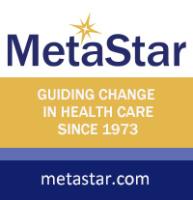




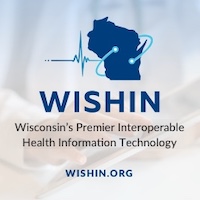

.jpg?bwg=1612548324)




